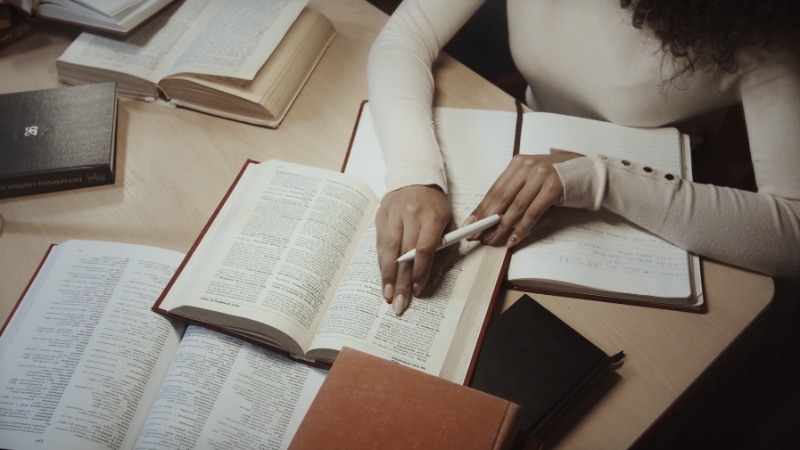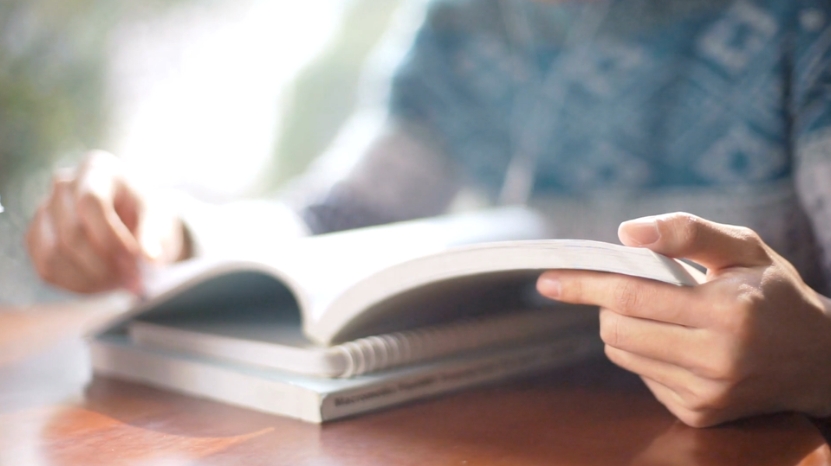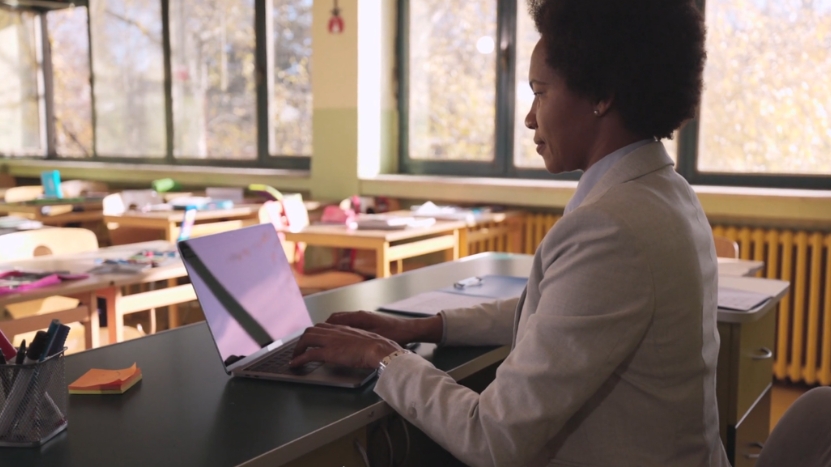
Share Post:
Studying alone can be incredibly productive—if you know how to avoid the most common pitfalls. For many students, solo study time seems like the perfect opportunity to focus, set their own pace, and review challenging material without distractions.
But in reality, working alone often comes with a hidden set of obstacles that can quietly sabotage progress.
The truth is, most students who struggle with solo studying aren’t held back by a lack of ability, but by a handful of avoidable mistakes: from poor planning and procrastination to bad note-taking and over-reliance on passive learning.
If you want to make the most of your solo study sessions, the key is to recognize these common mistakes early and take simple steps to fix them. Whether you’re preparing for final exams, tackling a new subject, or just trying to build better habits, understanding where things go wrong is the first step toward real improvement.
1. Lack of a Study Plan

- The Mistake: Many students sit down to study with no real plan, hoping motivation or memory will magically take over
- Why It Hurts: You end up jumping between topics, missing key material, or wasting time on what you already know.
Real Example: Ella opens her textbook, reviews a few random chapters, then gets lost scrolling through notes. After two hours, she feels busy but isn’t sure what she’s accomplished. Practical Tip: Create a simple plan before each session: list topics, set a goal (“Today: finish Chapter 5 summary and 10 practice problems”), and block time for each task.
Sample 2-Hour Study Plan
Time
Task
00:00–00:30
Review Chapter 5 Notes
00:30–01:00
Solve Practice Problems
01:00–01:15
Break
01:15–01:45
Read Chapter 6 (Skim/Outline)
01:45–02:00
Quiz Self on Key Terms
2. Procrastination and Poor Time Management
- The Mistake: Without classmates or teachers watching, it’s easy to delay starting or let study time drift into phone browsing or TV.
- Why It Hurts: Tasks pile up, leading to cramming, stress, and shallow learning.
Real Example: James tells himself he’ll study “after lunch.” Lunch becomes a TV break, which becomes video games, and suddenly the evening is gone.
Practical Tip: Use a timer. Try the Pomodoro method: 25 minutes of focused work, followed by a 5-minute break. Repeat this cycle and track your progress.
Pomodoro Technique
Round
Study Time
Break Time
1
25 min
5 min
2
25 min
5 min
3
25 min
5 min
4
25 min
15 min
3. Passive Learning (Just Reading or Highlighting)
View this post on Instagram
A post shared by Dami Mgbemena | IGCSE, GCSE, ALevels, University Exam Success (@student_inspired)
- The Mistake: Many students think reading and highlighting alone is enough.
- Why It Hurts: Passive review leads to quick forgetting. Active recall and self-testing are far more effective.
Real Example: Sofia rereads her history chapter, highlighting everything in yellow. When asked about key events, she struggles to recall details.
Practical Tip: After reading, close the book and try to write or say what you remember. Use flashcards, practice tests, or teach the concept aloud to yourself.
Active vs. Passive Study Activities
Passive
Active
Reading textbook
Making flashcards
Highlighting
Self-quizzing
Listening to lectures
Practice problems
Copying notes
Teaching the material
4. Ignoring Breaks and Overloading

- The Mistake: Believing that “more is better,” some students try to power through hours without stopping.
- Why It Hurts: Fatigue sets in, focus drops, and memory retention declines.
Real Example: Ava studies for three hours straight before an exam, but by the end, she’s not absorbing anything and feels exhausted.
Practical Tip: Schedule regular short breaks. Get up, move around, stretch, or grab a snack to reset your mind.
5. Not Testing Yourself Enough
- The Mistake: Only reviewing notes or textbooks, never practicing retrieval.
- Why It Hurts: Without self-testing, you don’t know what you truly remember until it’s too late.
Real Example: Sam reads his science notes daily, but freezes during the test because he’s never practiced recalling the information without looking.
Practical Tip: Use online quiz tools, write down everything you know from memory, or ask yourself questions out loud.
Self-Testing Tools
Tool
Format
Free?
Best For
Quizlet
Flashcards
Yes
Any subject
Anki
Flashcards
Yes
Spaced repetition
Kahoot
Quizzes
Yes
Group/self practice
6. Studying in a Distracting Environment
HOW CAN YOU IMPROVE YOUR FOCUS DURING STUDY TIME?
These quick tips will help your concentration and information retention during your study time.
📌Find the best environment for you.
Find and choose a study space that works for you, serene environment are usually better.— Univad (@UnivadOnline) June 5, 2024
- The Mistake: Working in front of the TV, with social media open, or in noisy areas.
- Why It Hurts: Every interruption resets your focus and weakens your concentration.
Real Example: Nina does her math homework in the living room while her siblings play video games, and her phone keeps buzzing.
Practical Tip: Choose a quiet, clutter-free space. Turn off notifications and use background music or white noise if it helps you focus.
Common Distractions and Solutions
Distraction
Solution
Smartphone alerts
Silent mode, “Focus” app
TV or a loud room
Library, bedroom, study nook
Social media
Blocker extensions
7. Focusing Only on “Easy” Material
- The Mistake: Many students spend too much time reviewing what they already know.
- Why It Hurts: Weak areas go unaddressed, leading to surprises on test day.
Real Example: Liam loves reviewing vocabulary flashcards he’s already mastered, but skips the tricky grammar section.
Practical Tip: Start each session by tackling your weakest topic. End on a high note to keep confidence high.
8. Not Asking for Help When Stuck

- The Mistake: Trying to push through confusing material alone, rather than seeking clarification.
- Why It Hurts: Gaps in understanding snowball and make later lessons harder.
Real Example: Maria gets stuck on a tricky math problem, spends an hour getting frustrated, and gives up—when a quick message to a friend or teacher could have solved it.
Practical Tip: Don’t be afraid to use the digital resources at your fingertips. If you’re studying a language, for example, an English learning app that can connect you instantly to grammar guides, vocabulary practice, and even native speakers who can answer your questions. For other subjects, use forums, email your teacher, or ask a classmate for help when you hit a wall.
9. Ignoring Health: Sleep, Nutrition, and Exercise
- The Mistake: Pulling all-nighters, skipping meals, or sitting for hours without a break.
- Why It Hurts: Physical health directly affects focus, memory, and mood.
Real Example: Jacob tries to cram all night before a test, but by morning, he’s groggy and can’t concentrate.
Practical Tip: Prioritize sleep (7–9 hours/night), take movement breaks, and eat regular, balanced meals to keep energy and brain power high.
Healthy Study Habits
Habit
Why It Matters
7–9 hours of sleep
Improves memory, alertness
Short walks
Boosts focus, reduces stress
Healthy snacks
Sustains energy
10. Skipping Review and Reflection

- The Mistake: Finishing a study session and never looking back, or not reflecting on what worked.
- Why It Hurts: Without review, new knowledge fades quickly. Without reflection, mistakes repeat themselves.
Real Example: Isabella studies hard for a quiz, then ignores that subject until the final exam week, realizing she’s forgotten most of it.
Practical Tip: Review material at spaced intervals (a day later, a week later, etc.). After each session, ask: “What did I learn? What was hardest? What should I try differently next time?”
Simple Review Schedule
When
What to Review
Next Day
Quick review of notes
End of Week
Practice problems/tests
Before Exam
Full self-quiz
Conclusion
Studying alone can be a superpower—but only if you sidestep these classic mistakes. With a little planning, self-testing, and care for your body and environment, solo study time can go from stressful to successful.
The key isn’t just working harder, but working smarter: focusing on your weak spots, breaking up sessions, and asking for help when needed. By making these small changes, any student can get more out of every minute spent studying alone and walk into the next test feeling confident and prepared.
Related Posts:
- How to Make Sure Students Use Their Work in Class
- Top 4 Challenges Non-Native English Speakers Face…
- Top 12 Chrome Extensions for Nursing Students in 2025
- Top 10 Free Chemistry Apps for High School Students in 2025
- Top 10 Study Tips for College Students - Stay…
- Top 10 Free Online IQ Tests You Can Take Right Now











